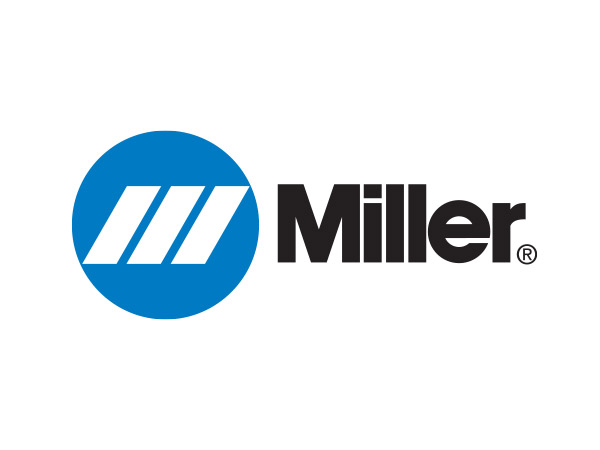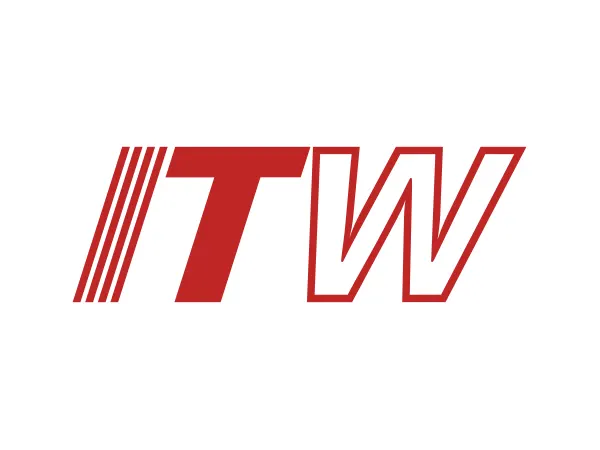Bad welds and causes of rework
Rework in the weld cell essentially means you’re paying for something twice. This makes weld rework a costly proposition for most every manufacturer.
Here are six questions about common issues that require weld rework — and tips for how to best address them in the operation.
Q1: Why do weld appearances look poor and fail inspection?
A: A weld profile that is visually bad is often the main culprit. The beads may be ropey, have undercut or lack fusion at the weld toes, or be inconsistently or improperly sized.
Potential causes of poor weld appearance are:
Puddle that’s too cold: The puddle must be hot enough to achieve good fusion and produce a good bead profile.
Improper travel speed: Going too fast and getting too far ahead of the puddle will cause a strung-out puddle that doesn’t flow at the toes.
Incorrect work angle, travel angle or electrode stickout: Producing good weld beads also requires proper technique, including travel angle and electrode stickout. The work angle should be approximately 45 degrees. When running a pulsed or spray transfer process, contact-tip-to-work-distance should be about 3/4 inch. When running a short-circuit transfer process, it should be about 3/8 inch. Also, with pulsed or spray transfer modes, a 10- to 15-degree travel angle is recommended with a push travel method. Either a drag or push angle is fine with short-circuit transfer mode.
How to address issues with poor weld appearance:
Proper training: Make sure less experienced welders have proper training. Get tips for reducing welder training time in this article.
Adjust parameters as needed: Proper wire feed speed is tied to material thickness. With thicker materials, use a faster wire feed speed, which may require an increase in voltage. Training and experience will help welders understand the connection between thickness, wire feed speed and voltage.
The right shielding gas: The shielding gas for the job is dependent on material type and thickness and the type of arc transfer desired. A good option for pulsed and spray transfer modes is a blend of 90% argon and 10% carbon dioxide. For short-circuit MIG, a good option is a mix of 75% argon and 25% carbon dioxide. Synergic welding systems aid with gas selection as well, recommending gasses to produce the best arc characteristics for the program being used.
Q2: What causes lack of penetration or lack of root fusion?
A: Weld parameters that are too cold or incorrect parameter settings are often the main culprit for lack of fusion. Ensure correct parameter settings and add enough heat. Problems with lack of fusion can also tie back to reading the puddle. Less experienced operators may go too slowly, which causes the arc to get back into the puddle. This increases the risk of lack of fusion or improper penetration. In response, operators may rush to get ahead of the puddle again but end up too fast — and get too far ahead of the puddle. This will cause a strung-out puddle that doesn’t flow at the toes.
Keep the arc at the leading edge of the puddle to get the best fusion and base metal penetration. Also, keep a tear-drop shaped puddle with proper travel speeds.
A welding process switch can also help. Pulsed MIG provides a 28% wider operating window compared to constant voltage MIG. This helps less skilled welders keep more consistent fusion.
Q3: How can I reduce weld spatter and post-weld clean up?
A: The transfer mode plays a key role in how much spatter is produced. For example, if you’re welding very thin material or out of position, it may require a short-circuit transfer mode. However, this will produce much more spatter than other transfers. Short-circuit transfer can also limit puddle fluidity and result in lack of fusion or penetration on thicker materials. A switch to pulsed MIG will produce a flatter, more fluid bead and greatly reduce spatter levels. In addition, pulsed MIG is able to maintain a clean arc transfer regardless of the wire speed setting.
Q4: How can I prevent missed welds?
A: When a manufacturing operation has large weldments with numerous welds, missing a weld in the sequence can be extremely costly. The costs stem from the activities after that piece leaves the welding booth. Perhaps it makes it past assembly, the paint booth or another step farther along in the manufacturing process. This means when the missed weld is discovered, all of those steps must be repeated.
Insight Centerpoint™ from Miller is a real-time welder feedback solution that provides arc data monitoring, guidance and control within the weld cell. The system alerts welders if a weld is missed or is outside of acceptable parameters, allowing these errors to be corrected in a cost-effective way.
Q5: How can I address burn-through that causes scrap parts?
A: Improper part fit-up or gaps that are too large between the parts being welded can result in burn-through when operators try to fill that uneven or large gap with too much heat (and too much filler metal).
Here again, a switch to pulsed MIG can help operators better fill gaps while reducing the heat input — making it easier for operators to use technique to overcome uneven part fit-up.
Synergic control on wire feeders can also help when part fit-up is not consistent. Operators can simply turn down the wire feed speed and it will cool the puddle down.
Q6: What is causing my wire feeding issues?
A: Bad wire feeding can cause poor weld profiles, poor weld toe fusion, poor penetration or undercut. All of these issues can result in weld rework.
Wire feeding issues can stem from several sources:
Incorrectly sized or trimmed liners
Improperly installed liners
Liners plugged with dirt and debris
Incorrectly sized contact tip
Wrong drive rolls or too much or too little drive roll pressure
But sure to use contact tips that are the correct size for the wire and cut liners to the proper length. Check the liner and drive roll pressure if you’re experiencing wire feeding issues.
Reduce weld rework
Operations don’t have to live with excessive rework. To save time and money, follow these best practices and take advantage of welding equipment and technologies designed to help less experienced welders.

